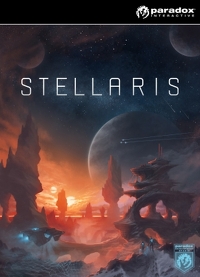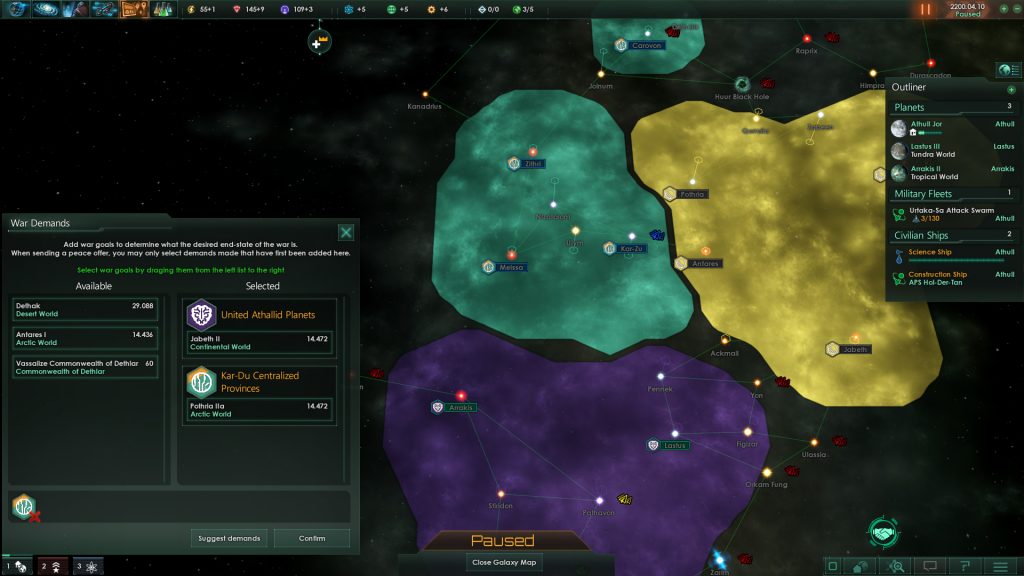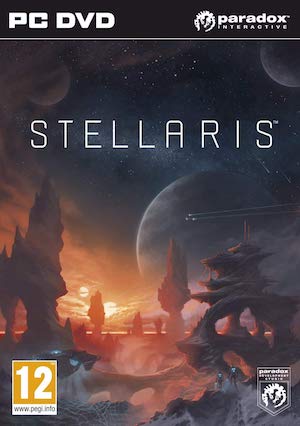

Stellaris
Publisher: Paradox Interactive
Developer: Paradox Digital Studio
Platforms: PC
Genre: 4X Grand Strategy
Release Date: May 9, 2016
Stellaris is an upcoming 4X grand strategy game under development by Paradox Development Studio. Paradox is best-known for its Europa Universalis series of grand strategy games. Grand strategy games eschew the tactical focus seen in the likes of Company of Heroes and Age of Empires. Rather than putting the focus on micromanagement, grand strategy games look as conflict, economics, and diplomacy at a national level.
Stellaris is built on an updated version of Paradox’s in-house Clauswitz Engine, which allows for detailed, scalable representations of the massive grand strategy maps employed in Paradox’s recent titles. A departure from Paradox’s previous historical efforts, Stellaris includes elements of space exploration, resource management and interstellar diplomacy. Stellaris is slated to launch on May 9th, 2016, and will release on the PC, Mac, and Linux platforms.
Development
Paradox Development Studio traces its origins back to Target Games, which created and published tabletop strategy games in the late 80s and early 90s. Paradox’s first videogame was Svea Rike, an adaptation of the tabletop game of the same name. Paradox has a long-established reputation for delivering historically accurate grand strategy games. Europa Universalis series focus on growth, development, and conflict in European countries at various points in the medieval and early modern eras. Sengoku: Way of the Warrior features medieval Japan as a setting, though gameplay elements carry over from previous IPs, albeit in a more condensed form. Stellaris is Paradox’s first title set outside the bounds of a conventional historical setting.
The distinct setting allows for features such as space exploration which are not to be found in previous Paradox titles. Furthermore, unconstrained by the limitations of real-world maps, Paradox makes use of procedural generation to deliver an unprecedentedly massive playable environment—an entire galaxy’s worth—generated at runtime, allowing for a great degree of replayability. Paradox’s Clauswitz Engine has been adapted for use in the game. Stellaris was announced at Gamescom 2015, where the game’s first trailer was showcased along with a discussion of its core features. Paradox subsequently released a series of dev diaries, which covered particular mechanics and aspects of the game design in detail.
Story
One of Stellaris’ more remarkable features is its entirely freeform narrative. Tomas Johannson, designer for Europa Universalis IV told this to RockPaperShotgun about Stellaris’ narrative: “We’re not creating a specific universe; it can be any sci-fi universe.” Stellaris’ procedural underpinnings come to the fore here. The game’s meta-story will never stay the same in different playthroughs. Every time a new game is started, a galaxy is generated from scratch, featuring between 200 to 1,000 star systems.
Alien civilizations are likewise generated at run-time, and are randomized based on a wide selection of characteristics such as aggressiveness, personality, and rate of growh. Over a 100 unique, animated portraits are used to represent the different species players will encounter. Meta-story progression is driven by player initiative, and meshes with the gameplay mechanics: players can explore systems, develop technologies, and make contact with alien species on the long road towards an end-game which could take the form of domination, cooperative alliances, galactic disaster, or anything in between.
Gameplay
Stellaris is a turn-based 4X strategy game. 4X games derive their name from the four Xs, namely EXplore, EXpand, EXploit. and EXterminate, which describe the key paradigms in these games. Many 4X titles, such as the immensely popular Civilization series, are turn-based, hearkening back to tabletop strategy games such as Risk! Stellaris, however, is real-time, which adds a sense of immediacy to exploration and resource management.
Stellaris’ early gameis all about expansion. Players start off in charge of a single planet and an intelligent species taking its first tentative steps into space via FTL. From there, the early game opens up, focusing on exploring nearby star systems, developing new technologies, and colonizing and harvesting resources from planets. At a planetary level, Stellaris features a tile-based interface, familiar territory for 4X titles.
Buildings can be placed and resources can be extracted, dependingsf on the planet. Inhabited planets feature complex governance simulations. Random events can take place ast a planetary, further complicating matters—for instance, a post-atomic civilization may destroy itself without any player intervention. Stellaris focuses more on exploration than on combat. As such, fleet level combat encounters are handled automatically. By mid-game, Stellaris’ focus shifts towards trade and diplomacy. A this point, most of the game’s star systems will be colonized and territories will be delineated. Players have the options of joining various galactic alliances, federations, and trade partnerships.
The end-game has various factions engaged in large-scale conflict or cooperation, and this is where Stellaris’ unique science and technology system comes to the fore. Rather than simply featuring a “research tech” button, scientists are units in play who can be sent on research assignments. These take large amounts of time to finish and discoveries you make late-game can contribute, opening up access to unfathomably advanced tech, or hidden narrative threads. 4X games have a tendency to get dull in the end-game: If the player’s done well through to the end of mid-game, the end-game sequences hold few surprises—the player just has to wait to win.
Note: This wiki will be updated once we have more information about the game
















